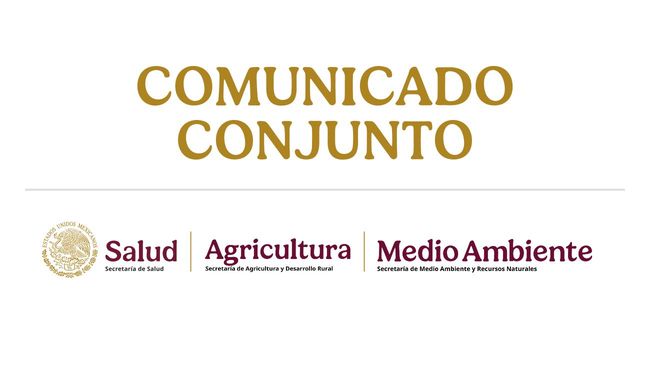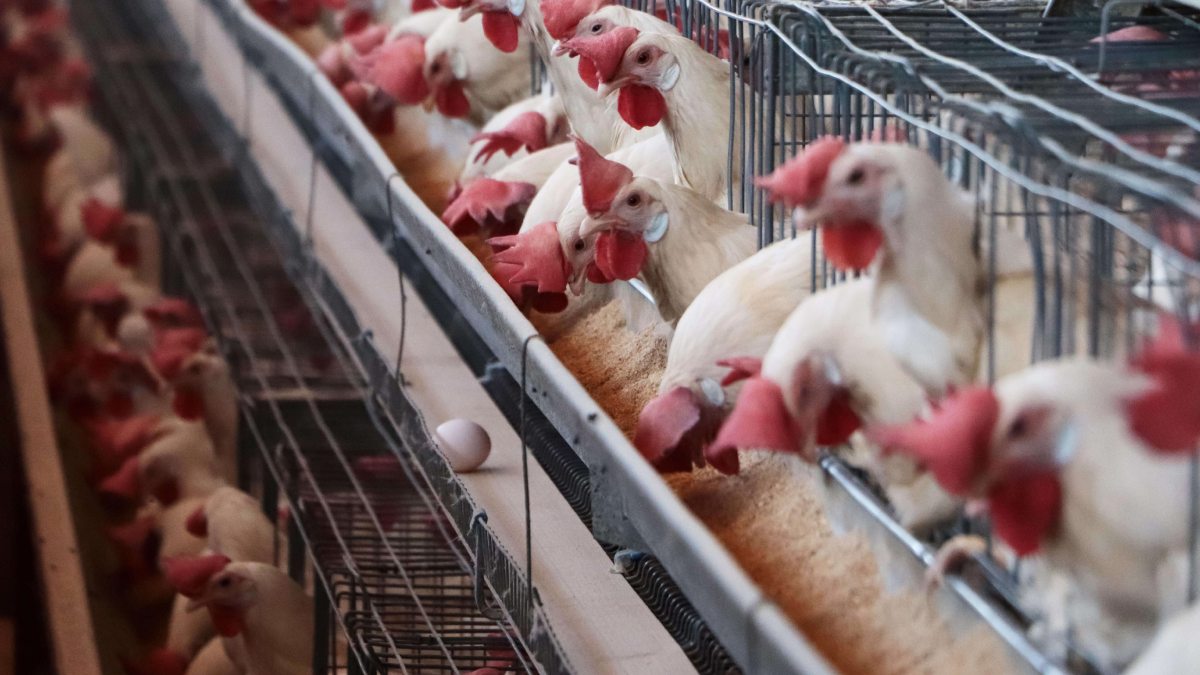hat tip @pandidansk
The Ministry of Health reports the detection of the first human case of avian influenza A (H5N1)
Ministry of Health | April 4, 2025 | National
 www.gob.mx/salud
www.gob.mx/saludThe Ministry of Health reports the detection of the first human case of avian influenza A (H5N1) in Mexico.
The case occurred in a three-year-old girl residing in the state of Durango. On April 1, the Institute of Epidemiological Diagnosis and Reference (InDRE) confirmed the result of influenza A (H5N1). The patient initially received treatment with oseltamivir and is currently hospitalized in a tertiary care unit in the city of Torreón, where her condition is reported to be serious.
Once the case was confirmed, the following actions were immediately implemented:
- Notification to the World Health Organization, in accordance with the protocol established for this purpose in the International Health Regulations .
- Health personnel from the Durango and Coahuila Health Services were trained in relation to the National Guide for the preparation, prevention and response to a zoonotic influenza outbreak or event at the animal-human interface .
- Intentional search operations were initiated for cases suspected of viral respiratory illness.
- Biological surveys and sampling of wild and synanthropic birds were carried out in the area of influence surrounding the home of the positive case of avian influenza A (H5N1), and a permanent monitoring system was established for the timely detection of other similar cases in wildlife living in the area.
- The Ministry of Agriculture and Rural Development, through the National Service of Health, Safety, and Agrifood Quality (Senasica), reported that no commercial production units have been affected by avian influenza A (H5N1) in any region of the country. However, Senasica continues its active epidemiological surveillance efforts to promptly identify any potential cases. If so, the corresponding national and international protocols will be implemented.
The WHO considers the public health risk of this virus to the general population to be low, so eating well-cooked chicken or eggs does not pose a risk to human health. Zoonotic influenza is a disease that can be transmitted from birds or other animals to humans. To date, there is no evidence of sustained human-to-human transmission.
The Ministry of Health has a strategic reserve of 40,000 oseltamivir treatments.
The population is recommended to:
- Wash your hands frequently with soap and water or 70 percent alcohol-based solutions.
- Wear a face mask if you have respiratory symptoms and ventilate spaces.
- Cover your mouth and nose when coughing or sneezing.
- Wash your hands before handling cooked foods and after handling raw foods.
- Cook chicken and eggs properly (over 70°C)
- Do not use the same utensils to handle raw and cooked foods.
- Avoid touching or approaching wild animals.
- Do not handle or pick up dead animals.
- Do not touch sick or dead birds or poultry due to unknown causes.
- Wear gloves, face masks, and protective clothing if you work on farms or slaughterhouses and have contact with birds or other animals, their products, and waste.
- Monitor for signs of illness or abnormal death in farm or backyard animals and report them immediately to the authorities.
X: @SSalud_mx
Facebook: facebook.com/SecretariadeSaludMX
Instagram: ssalud_mx
YouTube: Ministry of Health of Mexico
Facebook: facebook.com/SecretariadeSaludMX
Instagram: ssalud_mx
YouTube: Ministry of Health of Mexico
https://www.gob.mx/salud/prensa/secr...a-aviar-a-h5n1






Comment